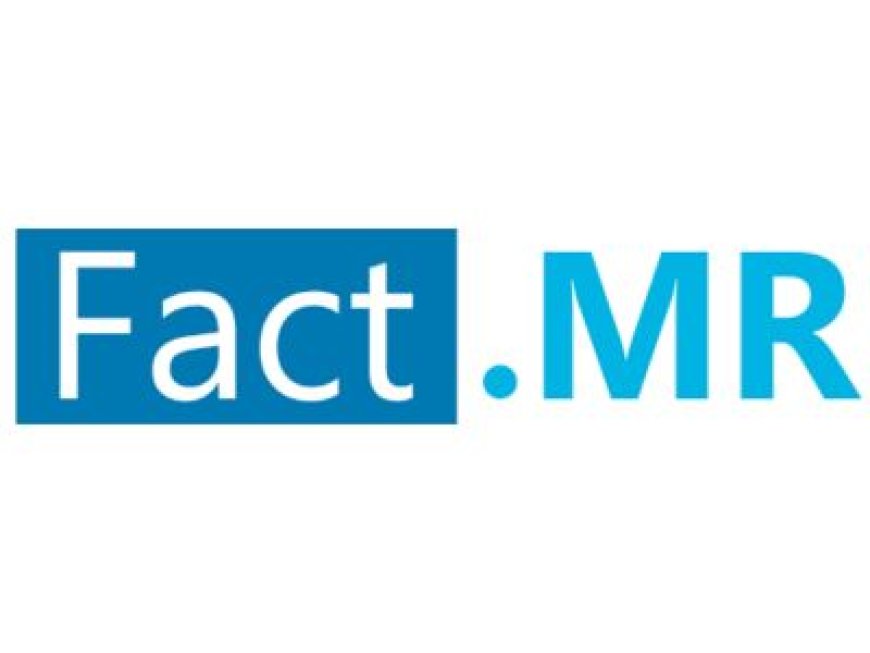Hexane Market Regulatory Landscape: Health and Safety Standards
A new research study, recently updated by Fact.MR, pegs the global hexane market at US$ 2.36 billion in 2024. With sales growing at a CAGR of 3.3%, the revenues are likely to touch US$ 3.26 billion towards the end of 2034.

A new research study, recently updated by Fact.MR, pegs the global hexane market at US$ 2.36 billion in 2024. With sales growing at a CAGR of 3.3%, the revenues are likely to touch US$ 3.26 billion towards the end of 2034. The hexane market is characterized by its use as a solvent in various industries, particularly in processes related to the extraction of oils. Hexane is a hydrocarbon with the chemical formula C6H14 that makes it extremely volatile in nature. This property of hexane makes it as a very good solvent for oils and fats. This forms the basis of its applications in food processing, pharmaceuticals, and the chemical industry.
Get Free Sample Copy of This Report: https://www.factmr.com/connectus/sample?flag=S&rep_id=7488
Volatility of Hexane
Hexane is a highly volatile liquid. Its low boiling point and high rate of evaporation make it a very efficient extraction solvent, mainly in the extraction of edible oils extracted from vegetables and seeds. Its volatility, on the other hand, renders it potentially hazardous in terms of the risks of inhalation and flammability; hence, it requires proper handling and storage.
Advantages of Hexane
The primary advantages of hexane relate to its working ability as a solvent. This is particularly valued in the extraction of vegetable oils since it can selectively dissolve those oils without affecting the natural taste or color of the product. In addition to this, hexane is utilized in the production of adhesives, sealants, and coatings, where the properties actually help achieve a certain type of consistency that ensures good performance. Due to its effectiveness, cost efficiency, and availability, hexane happens to be one of the most popular choices to be used in various applications.
Common Uses of Hexane
Hexane is majorly used as a vegetable oil extraction solvent, which forms an important step in the processing of cooking oils and other foodstuffs. It is also used as a reagent in chromatographic analysis in laboratories and in the pharmaceutical industry during the manufacture of some medicines. Other than these applications, hexane finds use in making textiles and adhesives and in cleaning metals and electronic parts because it dissolves grease very well.
Types of Hexane
Hexane exists in different isomeric forms, which actually are the structure variants of the compound. Common ones include n-hexane, isohexane, and neohexane. All have somewhat different physical properties, such as boiling points and solvent capabilities, making them appropriate for use in industries on different bases. Which type of hexane is to be used depends upon the exact requirements of the process, be it in terms of purity, volatility, or chemical reactivity.
Market Trends and Growth Drivers
The demand for hexane comes from all those industries where it finds applications. The food industry has been consistently pushing the market's growth because hexane is in high demand for the extraction of oils. Moreover, the pharma industry is also showing growing demand, and increasing construction and automotive sectors are using adhesives and sealants as well. However, the fluctuation in the prices of crude oil itself, from which hexane is derived, may sometimes affect the market dynamics in terms of price and quantity.
Get Customization on this Report for Specific Research Solutions: https://www.factmr.com/connectus/sample?flag=RC&rep_id=7488
Challenges and Environmental Concerns
Despite the advantages associated with the use of hexane, environmental and health challenges still exist. Its volatility assures that it contributes to air pollution, which is known to have harmful effects on health in high concentrations. Regulatory agencies have been set in many countries to provide guidelines that would help reduce occupational exposure and limit emissions. Moreover, there has been a growing interest lately in searching for more environmentally friendly alternatives to hexane, mostly used in food processing, to lessen the ecological footprint of industrial operations.
Conclusion
Hexane has remained one of the most important components in many industrial processes due to its ability to function as a perfect solvent. Although there is growing interest, its market demand remains diversified by application. However, environmental and health concerns somehow threaten its prospects. Any future prospects will see safer and more environmentally-friendly options as the trend, but hexane will stay relevant in the industrial scene for the foreseeable future.
About Fact.MR :
We are a trusted research partner of 80% of fortune 1000 companies across the globe. We are consistently growing in the field of market research with more than 1000 reports published every year. The dedicated team of 400-plus analysts and consultants is committed to achieving the utmost level of our client’s satisfaction.
Contact:
US Sales Office
11140 Rockville Pike
Suite 400 Rockville, MD 20852
United States Tel: +1 (628) 251-1583, +353-1-4434-232 (D)
Sales Team: sales@factmr.com












